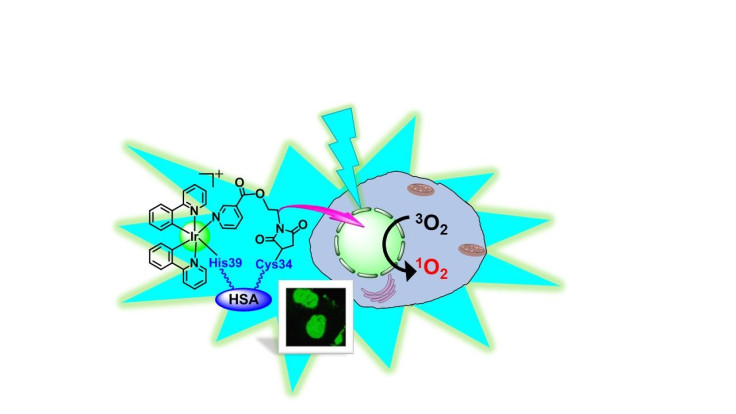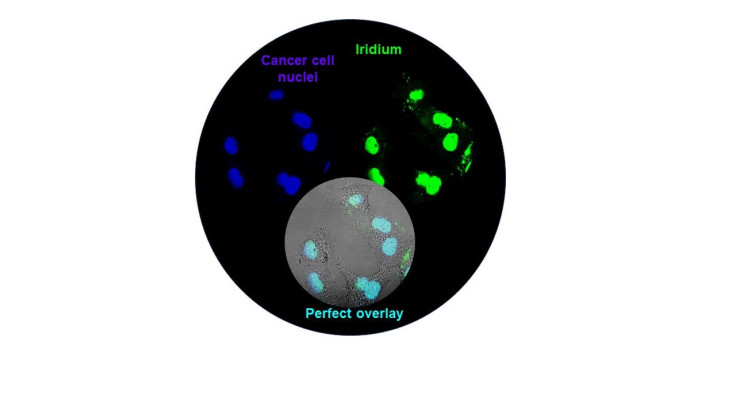Cancer Cure Found? Iridium Compound Destroys Cancerous Cells In Lab, Shows Promise

Cancer is one of the leading causes of deaths worldwide, and over 9.5 million people died from various types of cancer around the world in 2018, according to data from the International Agency for Research on Cancer. In the United States alone, about 1.7 million new cancer cases were diagnosed in 2018, and the disease claimed over 600,000 lives during the year, statistics data from National Institutes of Health’s National Cancer Institute shows.
One of the reasons behind the high mortality rates from cancer is the lack of effective treatment in several cases, and also the significant side effects from some of the treatments that are available. However, a new method being tested by researchers from the University of Warwick, the United Kingdom, and Shenzhen University, China, may offer a new cure for cancer after showing promising results in the lab.
The researchers tested a new type of photodynamic therapy — the name for cancer treatments that use light — based on a compound of the element iridium. The iridium compound was attached to albumin, a protein in blood (also present in egg white, giving it its distinct texture), and the molecule then made its way inside the cancer cells, right into the nucleus. On being exposed to light, this chemical compound molecule — a photosensitizer — converted the cancer cells’ own oxygen into a form that killed the cells from the inside while leaving the surrounding healthy cells intact.

Peter Sadler, a professor in the Department of Chemistry at the University of Warwick, said in a statement Sunday: “It is amazing that this large protein can penetrate into cancer cells and deliver iridium which can kill them selectively on activation with visible light. If this technology can be translated into the clinic, it might be effective against resistant cancers and reduce the side effects of chemotherapy.”
As a photosensitizer, iridium works very well due to its bright luminescence, which allowed the researcher to track the compound’s passage easily. The method can be applied locally as well as in small doses.
“It is fascinating how albumin can deliver our photosensitizer so specifically to the nucleus. We are at a very early stage, but we are looking forward to see where the preclinical development of this new compound can lead,” Cinzia Imberti, also from the University of Warwick, said in the statement.

Iridium is a rare metal, since most of it occurring naturally on Earth sank far below the crust during the early years of the planet’s formation. It is found in much higher amounts in meteorites and likely was in significant abundance in the object that crashed into Earth about 66 million years ago, killing all the dinosaurs, except birds.
The results of the research were published Dec. 15 in an open-access paper titled “Nucleus‐Targeted Organoiridium–Albumin Conjugate for Photodynamic Cancer Therapy” in the journal Angewandte Chemie International Edition.
© Copyright IBTimes 2025. All rights reserved.





















